
If you are searching “Lawn Care Tips For Arizona” you might have just moved to the state or you got your first home. Keeping your lawn looking great takes a little preparation, good watering, and a bit of work. The heat of Arizona means that you will need to adjust your watering depending on the season and step up your lawn mowing schedule. Being ready for caring for your lawn starts with having your lawn mower serviced or lawn mower repaired. When your tools are in good condition it makes lawn care easier, faster, and a lot less frustrating.
Lawn Mowing
Most lawn mowers have height adjustments and it is tempting to lower it as low as possible to try to cut down on the frequency of having to mow, this isn’t a best practice. When you cut your lawn too short you are “scalping” your lawn. While you don’t want long unkempt lawn you should avoid cutting it too short as it will require more water the shorter it is.
Lawn Mowing Heights
There are three common types of grass used in Arizona lawns: Hybrid Bermuda, Bermuda, and Annual/Pernennial Rye. Both Bermuda and Rye grass should be cut to between a inch and a half to two inches. Hybrid Bermuda grass can be cut shorter and should be cut between a half an inch to 1 inch.
Lawn Care by the Seasons
Each season has different challenges from the heat of summer to the leaves and debris of fall and winter. Read more below to get specific information for each of the 4 seasons.
Spring Lawn Care
In the spring it is a good plan to apply any weed control or fertilizer that you will want to use. These products help keep weeds out of your lawn and promote greener more lush lawns. Watering in the mild season of spring should be done to avoid any brown spots but not over done to avoid wasted water.
Summer Lawn Care
In Arizona, especially in the Phoenix Valley, summer is hot. The intense heat and arid climate can be hard on lawns and will require daily watering. The best time to water is just before sunrise in the morning so your lawn has the moisture it needs. Use a soil probe to measure the moisture after watering. If it doesn’t go 10 inches into the soil easily increase the duration of watering.
Fall Lawn Care
Once the summer heat has subsided you can cut back your watering and use your probe to make sure you are watering enough. It will vary depending on the heat and the type of soil in your landscape. Use the same rule of 10 inches of moisture and adjust your watering frequency and duration to meet your lawns needs.
Winter Lawn Care
To keep lawns lush and green through the winter it is common in Arizona to “overseed” lawns. From parks to golf courses and residences overseeding is a common practice to keep the lawn dense and lush. During winter and the cooler months you will be able to cut watering frequency and duration back even more. Use your soil probe to monitor the moisture in your lawn’s soil to keep track of how you are doing.
Lawn Care Equipment & Repair
If you live in the Phoenix valley A&P Nursery sells, services, and repairs lawn mowers, lawn care equipment, and all other types of motorized landscaping equipment. We can tune up your lawn mower, repair it if it is broken, or even sell you a brand new easier to use lawn mower. Whatever your needs we can help you take care of your lawn more easily and help you choose the fertilizers that will help you keep it green all year long.
A & P Nursery
40370 N. Gantzel Rd.
Queen Creek, AZ 85240
480-655-5789
A & P Nursery
2645 W. Baseline Rd.
Mesa, Arizona 85202
480-839-5362
A & P Nursery
6129 E. Brown Rd.
Mesa, Arizona 85205
480-396-8800
A & P Nursery &
Lawnmower Shop
2601 E. Baseline Rd.
Gilbert, Arizona 85234
480-892-7939
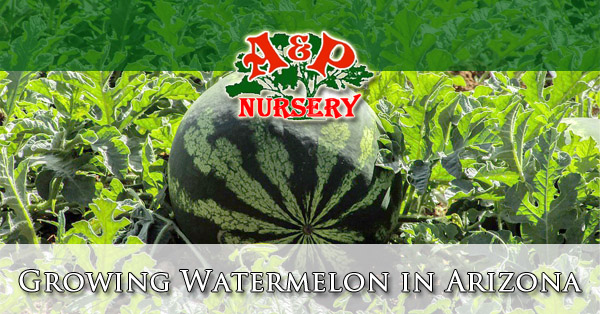
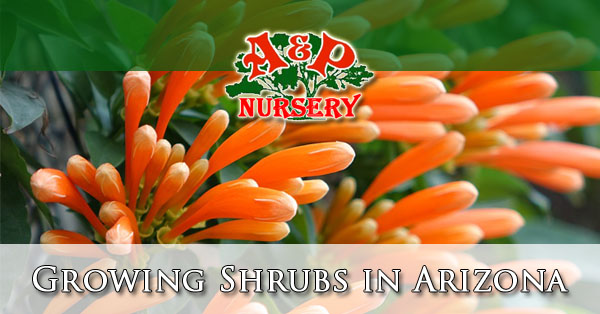
 The Chuparosa is a native to the desert and grows well in the heat of Arizona. This plant grows well in full sun and when mature will grow to about 4 feet high and 4 feet wide. The Chuparosa flowers bloom in the late winter to spring and vary in color from red to orange. The plant has great landscaping benefits as it doesn’t drop litter, is pool friendly, and attracts wildlife.
The Chuparosa is a native to the desert and grows well in the heat of Arizona. This plant grows well in full sun and when mature will grow to about 4 feet high and 4 feet wide. The Chuparosa flowers bloom in the late winter to spring and vary in color from red to orange. The plant has great landscaping benefits as it doesn’t drop litter, is pool friendly, and attracts wildlife.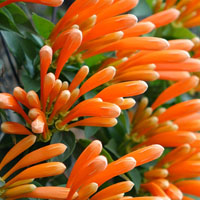 The Firecracker Bush puts a bang in your landscape of vibrant summer color. The red orange flowers of this shrub grow well in full or partial sun. The shrub will grow to about 4 feet high and 4 feet wide with medium green foliage. This option has no thorns and only has a low natural litter from pedals and leaves. This bush also attracts wildlife with the brightly colored flowers and is sure to impress.
The Firecracker Bush puts a bang in your landscape of vibrant summer color. The red orange flowers of this shrub grow well in full or partial sun. The shrub will grow to about 4 feet high and 4 feet wide with medium green foliage. This option has no thorns and only has a low natural litter from pedals and leaves. This bush also attracts wildlife with the brightly colored flowers and is sure to impress. The Flame Honeysuckle is a favorite with landscapers as it has incredibly vibrant color and incredible hardiness for cooler weather. This hardiness makes it a great option for the areas of Arizona which experience below freezing temperatures. The bright red-orange flowers emerge in summer and late fall and are great for attracting wildlife. The size of a full grown Flame Honeysuckle is about 3 feet high by 4 feet wide.
The Flame Honeysuckle is a favorite with landscapers as it has incredibly vibrant color and incredible hardiness for cooler weather. This hardiness makes it a great option for the areas of Arizona which experience below freezing temperatures. The bright red-orange flowers emerge in summer and late fall and are great for attracting wildlife. The size of a full grown Flame Honeysuckle is about 3 feet high by 4 feet wide. The Langman’s Sage features incredibly pretty lavender flowers that grow dense on its branches. The plant grows well in both full and reflected sun and weathers cold well, down to 10°F. This great burst of color and great hardiness make it a favorite for areas of Arizona that experience colder weather. The shrub grows to about 5 feet high by 5 feet wide and blooms out in summer and fall. This shrub is pool friendly with very little natural litter.
The Langman’s Sage features incredibly pretty lavender flowers that grow dense on its branches. The plant grows well in both full and reflected sun and weathers cold well, down to 10°F. This great burst of color and great hardiness make it a favorite for areas of Arizona that experience colder weather. The shrub grows to about 5 feet high by 5 feet wide and blooms out in summer and fall. This shrub is pool friendly with very little natural litter.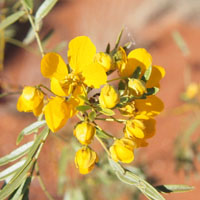 The Shrubby Senna enjoys full sun to grow in but also has incredible hardiness and can endure down to 10°F. This shrub will grow to about 4 feet high and about 6 feet in width. Flowering occurs in summer and features incredibly vibrant yellow blooms. This shrub does not have thorns and also attracts wildlife to your landscape.
The Shrubby Senna enjoys full sun to grow in but also has incredible hardiness and can endure down to 10°F. This shrub will grow to about 4 feet high and about 6 feet in width. Flowering occurs in summer and features incredibly vibrant yellow blooms. This shrub does not have thorns and also attracts wildlife to your landscape.
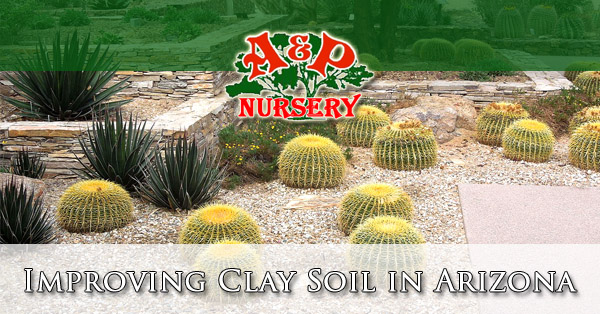
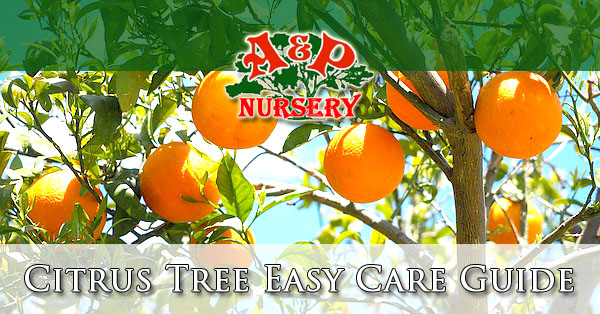

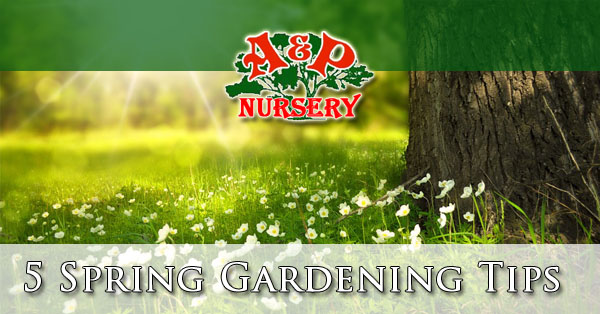













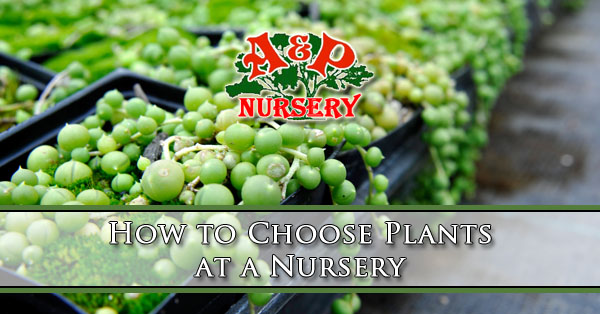
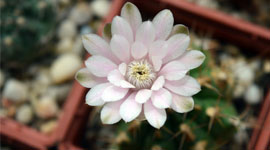 These smaller plants start life and grow in containers and continue to grow in progressively larger containers. Some container plants are pretty expensive as there is cost involved in investing in larger and larger containers as the plants grow through the years of maturing. A good example of this is the dwarf conifer, they are notoriously slow to grow. It takes several years for them to grow big enough to be sold.
These smaller plants start life and grow in containers and continue to grow in progressively larger containers. Some container plants are pretty expensive as there is cost involved in investing in larger and larger containers as the plants grow through the years of maturing. A good example of this is the dwarf conifer, they are notoriously slow to grow. It takes several years for them to grow big enough to be sold.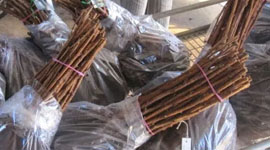 During the cooler parts of the year nurseries offer bare-root plants, such as roses or lilacs. This is the time of year where they won’t begin to grow before being planted. Some nurseries keep bare-root plants in suspended animation by keeping them in cold storage. Being able to purchase your bare-root plants at your local nursery does help avoid fungal diseases that can cripple your plants.
During the cooler parts of the year nurseries offer bare-root plants, such as roses or lilacs. This is the time of year where they won’t begin to grow before being planted. Some nurseries keep bare-root plants in suspended animation by keeping them in cold storage. Being able to purchase your bare-root plants at your local nursery does help avoid fungal diseases that can cripple your plants.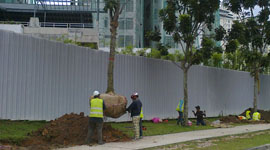 Nurseries typically grow shrubs and trees in fields where the plants are able to grow to larger sizes and are easier to maintain. The stock grown in the field needs to be dug up in winter and early spring while the plants are dormant. After they are dug up the larger plants get the roots wrapped in burlap and twine. The largest trees many times also end up having metal cages used. Large trees that are for sale at nurseries lose a portion of their roots when dug up and package, but this is the only way to get a larger specimen.
Nurseries typically grow shrubs and trees in fields where the plants are able to grow to larger sizes and are easier to maintain. The stock grown in the field needs to be dug up in winter and early spring while the plants are dormant. After they are dug up the larger plants get the roots wrapped in burlap and twine. The largest trees many times also end up having metal cages used. Large trees that are for sale at nurseries lose a portion of their roots when dug up and package, but this is the only way to get a larger specimen.





